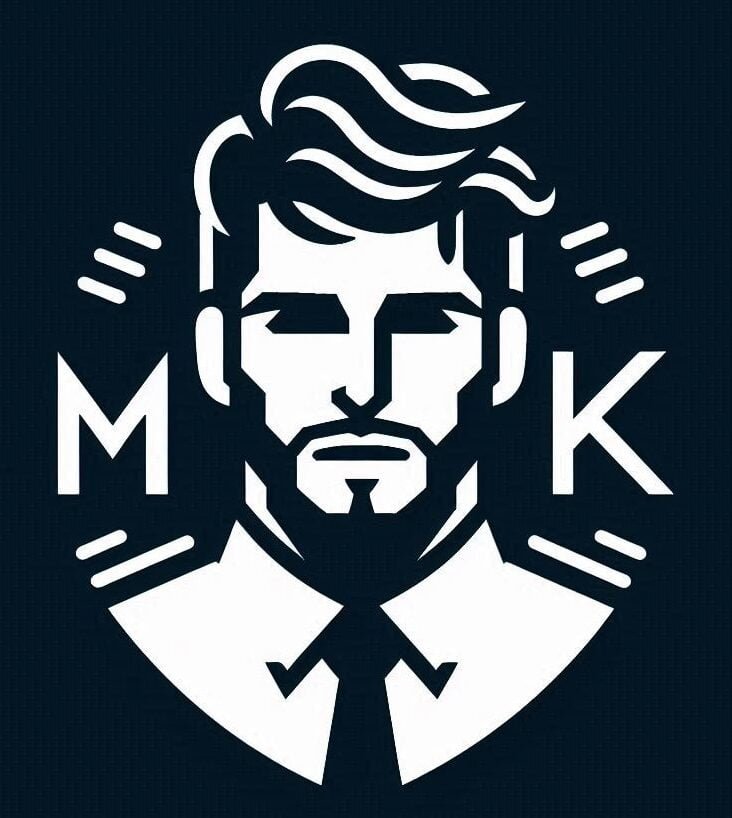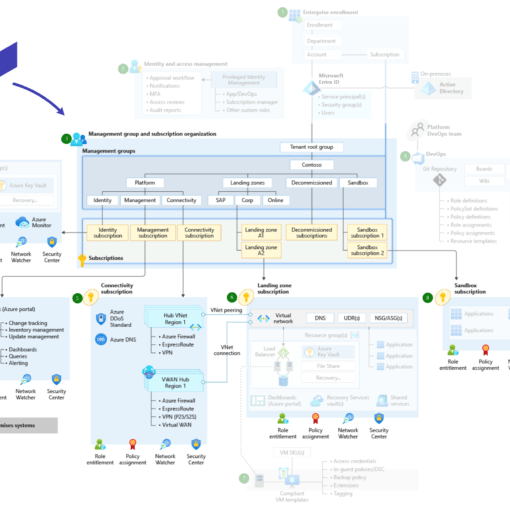
In today’s fast-paced digital world, building robust and efficient cloud architectures is more crucial than ever. The Azure Well-Architected Framework offers a structured approach to creating high-quality cloud solutions that meet your business needs. Whether you’re a seasoned cloud architect or just getting started, understanding and implementing this framework can make a significant difference in your cloud journey.
What is the Azure Well-Architected Framework?
The Azure Well-Architected Framework is a set of guiding principles designed to help you build and maintain secure, reliable, and efficient cloud applications. It provides a comprehensive roadmap to ensure that your architecture aligns with best practices and meets the demands of your users and business.
The Five Pillars of the Azure Well-Architected Framework
- Reliability
Reliability ensures your applications are resilient to failures and can recover quickly. Imagine you’re running an e-commerce platform; any downtime can mean lost sales and unhappy customers. By following reliability best practices, you can design systems that stay online even during disruptions.
Key principles:
- Implementing redundancy and failover mechanisms
- Regularly testing disaster recovery plans
- Monitoring and diagnosing performance issues in real-time
- Security
Security is all about protecting your data and applications from threats. In the healthcare industry, for instance, safeguarding patient data is paramount. The security pillar helps you implement robust measures to defend against cyberattacks and ensure compliance with regulations.
Key principles:
- Using encryption to protect data at rest and in transit
- Implementing strong identity and access management controls
- Continuously monitoring for vulnerabilities and threats
- Cost Optimisation
Cost optimisation focuses on managing expenses while maintaining performance. For a start-up operating on a tight budget, optimising cloud costs can be a game-changer. This pillar guides you in making smart financial decisions to get the most out of your cloud investment.
Key principles:
- Right-sizing resources to match workload demands
- Leveraging Azure cost management tools
- Regularly reviewing and adjusting spending to avoid wastage
- Operational Excellence
Operational excellence ensures that your operations are efficient and capable of supporting growth. Think of a financial services firm that needs to process transactions quickly and accurately. This pillar helps you streamline processes, automate repetitive tasks, and maintain high operational standards.
Key principles:
- Implementing DevOps practices for continuous integration and delivery
- Automating routine tasks to reduce manual intervention
- Monitoring operational health and performance metrics
- Performance Efficiency
Performance efficiency is about using resources effectively to meet performance requirements. In an online gaming platform, fast and reliable performance is critical for user satisfaction. This pillar helps you design architectures that deliver optimal performance at scale.
Key principles:
- Scaling resources dynamically based on demand
- Choosing the right compute, storage, and networking options
- Continuously optimising application performance
Use Cases
- E-commerce Platform
An online store needs to handle high traffic during sales events. Using the Azure Well-Architected Framework, you can design a system that scales automatically, remains secure from cyber threats, and optimises costs to ensure profitability.
- Healthcare Application
A healthcare application must protect sensitive patient data and remain available even during emergencies. The framework provides guidelines for building a secure, reliable system that meets stringent compliance requirements and performs efficiently under varying loads.
- Financial Services
Financial services require high transaction accuracy and speed. By implementing the framework, you can achieve operational excellence, maintain strong security measures, and optimise costs while delivering top-notch performance.
How to Implement the Azure Well-Architected Framework
Getting started with the Azure Well-Architected Framework involves a few key steps:
- Assess Your Current Architecture: Use Azure’s assessment tools to evaluate your existing setup against the framework’s principles.
- Identify Areas for Improvement: Highlight areas where your architecture can be enhanced.
- Implement Best Practices: Follow the framework’s guidelines to address identified gaps.
- Monitor and Adjust: Continuously monitor your architecture and make adjustments as needed.
Best Practices and Common Pitfalls
To ensure success with the Azure Well-Architected Framework, keep these tips in mind:
- Regularly Review Your Architecture: The cloud environment is dynamic, and regular reviews help you stay aligned with best practices.
- Automate Where Possible: Automation reduces errors and improves efficiency.
- Avoid Over-Engineering: Focus on practical solutions that meet your needs without unnecessary complexity.
The Azure Well-Architected Framework is a powerful tool for building resilient, secure, and efficient cloud architectures. By understanding and implementing its principles, you can create solutions that not only meet today’s demands but are also ready for future challenges. Start your journey with the Azure Well-Architected Framework today and transform your cloud architecture for the better.




